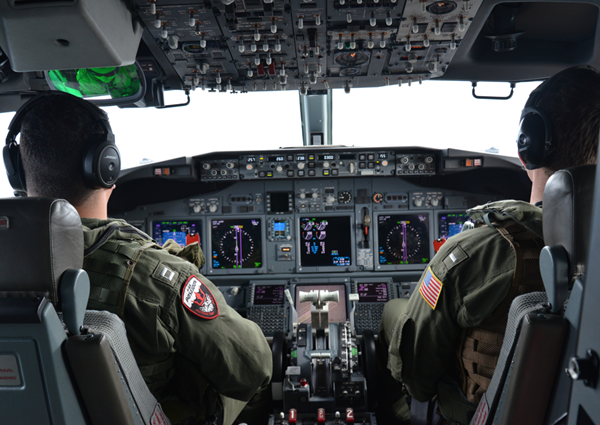The US Navy has one of the largest air forces in the world.
Navy pilots provide attack support from logistically advantageous locations at sea.
Naval aviators may help with search and rescue, provide medical evacuation assistance, conduct intelligence, and provide aviation striking power.
They receive sophisticated training that allows individuals to fly high-tech aircraft all over the world.
Not only do they receive training to learn how to fly specific aircraft, but their training also involves learning one of the hardest tasks, taking off and landing from an aircraft carrier at sea.
Becoming a Navy pilot might seem like a dream job, but the truth is that a very small percentage of applicants actually make it through the screening and training process to earn the coveted Wings of Gold.
This article with cover the basic and advanced requirements for pilots, the complete training process, and what happens after training is completed.
Continue reading for your Navy Pilot Requirement guideline.
Related Article – Marine Corps Pilot Requirements
Table of Contents
Basic Requirements for Pilots
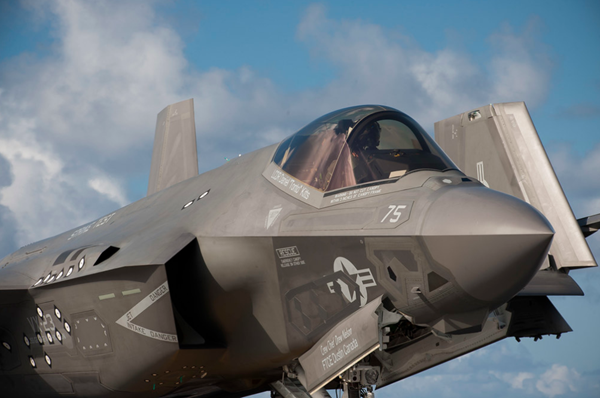
Age: 19 to 26 (must be commissioned before 27th birthday)
Overall Basic Height: Potential Navy pilot candidates should be no shorter than 5′ 2″, and no taller than 6′ 5″.
Sitting Height: Requirements for tactical, trainer, rotary wing, and fixed-wing non-ejection aircraft state individuals must have a sitting eye height between 26 and 31.4 inches.
Sitting height must be between 31 and 40.9 inches.
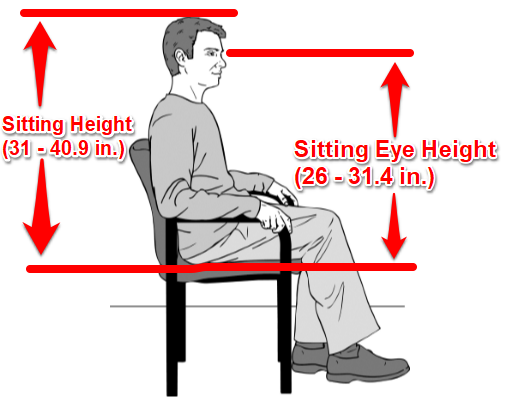
Each aircraft has specific guidelines outside of the standard.
Weight: Individuals cannot weigh less than 103 lbs. and no more than 245 lbs.
Vision: Vision must be correctable to 20/20.
Also, the field of vision must be full, and applicants cannot be color blind.
Citizenship: Applicants must be U.S. citizens prior to entering into the program.
Education: A high school diploma is required.
Those wishing to become a pilot must also have a four-year degree.
Anyone interested in becoming an officer must have a bachelor’s degree in a technical field from a regionally accredited institution.
Drug Screening: The Navy has a zero-tolerance policy when it comes to both drugs and alcohol.
Entrants are required to take a urinalysis test and will be questioned on prior use.
Related Article – High School To Flight School
Advanced Requirements and Qualifications
ASVAB: A score of 35 is required on the AFQT to join the Navy.
However, officers will take the ASTB test instead of the ASVAB.
ASTB: A qualifying score on the ASTB is required before completing any physical examinations or further entry requirements.
The Aviation Selection Test Battery is an exam consisting of seven sections.
The results of the seven sections are combined into different score components.
Each score predicts the ability to successfully perform in certain areas of aircraft training/handling.
Student Naval Aviators (SNA):
- AQR- 4
- PFAR- 5
Student Naval Flight Officers (SNFO):
- AQR- 4
- FOFAR- 5
The Navy holds the right to increase the minimum requirements based on position needs.
Related Article: Army Helicopter Pilot Requirements
Medical Requirements: Future pilots will go through an extensive medical history evaluation and medical physical.
Any previous medical conditions may be immediately disqualifying (even conditions such as asthma after age 12).
Medical requirements tend to eliminate a significant number of applicants, and results for certain tests are not always immediately available.
Testing includes (but not limited to):
- Ear Pressure
- HIV
- EKG
- Blood Pressure
- Pulse
- Hearing
- Vision
- Dental
Background Testing: Becoming a pilot will require passing a background investigation, including citizenship verification, employment, and interviews with references.
Included in the background investigation is the need for a Single Scope Background Investigation (SSBI).
This includes checking financial documents, local agency checks, national agency checks, and public record checks.
Related Article: Coast Guard Pilot Requirements
Education: Although this career path requires a bachelor’s degree, joining with a bachelor’s degree is not required.
Individuals may attend the Reserve Officer’s Training Corps (ROTC) or the Naval Academy (NA) to get an education while receiving military and leadership training.
Those not attended ROTC or a service academy will go to Officer Candidates’ School (OCS), and start their path towards becoming a pilot.
What happens if you are selected?
The total training process can vary in length, depending on your success in certain stages of training.
Officer Candidate School (OCS)
Unless they have graduated from an ROTC program or from a federal service academy, aspiring pilots will attend Officer Candidate School first.
OCS is located at Naval Station Newport in Rhode Island.
There, pilots will spend 13 weeks gaining knowledge in officer fundamentals, leadership, history, and terminology.
They will also go through physical training, inspections, and drills.
After going through this mentally and physically demanding course, individuals will become commissioned.
Related Article – Air Force Pilot Requirements
Air Indoctrination Course
The next step to becoming a pilot in the Navy is to attend the six week Air Indoctrination Course at Naval Aviation Schools Command in Pensacola, FL.
The courses that individuals will learn include:
- Aerodynamics
- Weather
- Aircraft engines and systems
- Navigation
- Flight rules and regulations
This stage of training is to familiarize individuals with basic knowledge of aircraft systems and regulations prior to getting into the air.
Students learn the impact that flying has on the body, what to do in a water survival situation, and how to navigate in extreme weather.
Of course, there is also physical training in addition to the classroom and field training.
Primary Flight Training
Primary Flight Training is the first stage of flying aircraft.
There are two locations where Navy personnel can attend Primary Flight Training.
The training areas are at Naval Air Station Whiting Field, Pensacola, Florida, and Naval Air Station Corpus Christi in Corpus Christi, Texas.
While there may be two locations, both locations follow the same curriculum.
Students learn formation flying, visual flight, and basic instrument flying.
They also receive an introduction to aerobatics and radio instrument navigation.
Both locations also provide training using the T-6B Texan II.
Individuals will be required to complete several solo flights.
Related Article – Navy Pilot Vs. Air Force Pilot
After successfully completing Primary Flight Training, individuals will choose the type of aircraft they want.
Not all will end up with the aircraft they choose.
Some aircraft have strict height and weight requirements in addition to Navy demand being a factor in your ultimate placement.
To increase your chances it is best to be a top performer throughout training.
There are five pipeline choices available:
- Jet
- E2/C2
- Maritime
- Helicopter
- E-6 TACAMO
Intermediate and Advanced Flight Training
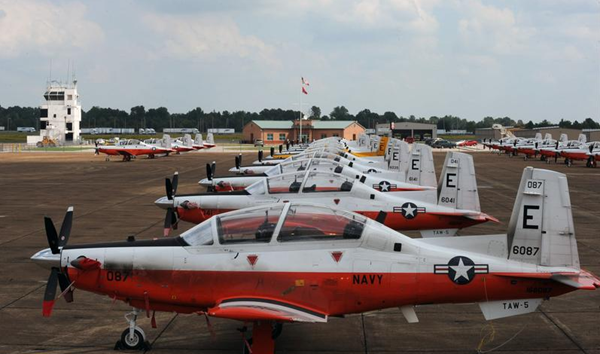
The exact training details vary at this stage of training, based on which pipeline you are in.
All individuals will continue to learn about navigation, guidelines, air traffic control, and aviation functions.
Certain pipelines will focus on individual skills while others will learn to work with crew coordination.
Related Article – Navy Fireman (FN): Career Details
Jet Pipeline
Training in the Jet pipeline will occur at either Meridian, Mississippi, or Kingsville, Texas.
Meridian
Training at Meridian will include both intermediate and advanced training through Trawing 1.
Individuals will train as Training Squadron SEVEN (VT-7) or Training Squadron NINE (VT-9).
VT-7: Training is for 12 months in two phases.
Phase 1 Familiarization stage consists of aircraft maneuvering, landing, two-plane, four-plane, and night formation flying.
Phase 2 consists of air-to-ground bombing, Maneuvering, Operational Navigation, and Tactical Formation.
To prepare for Carrier Qualifications (CQ) pilots will perform Field Carrier Landing Practice (FCLP).
To complete advanced training, individuals are required to safely complete four touch-and-go’s in addition to 10 arrested landings aboard a carrier at sea.
Students will then receive their Wings of Gold.
VT-9: This training squadron focuses on air strikes.
Individuals receive 9-12 months of instruction on the Boeing T-45C Goshawk.
Initial flights train on instrumentation resulting in an instrument rating.
The other stages of training include Familiarization stage, and Weaponry.
Similar to the VT-7 track, individuals will perform Field Carrier Landing Practice to prepare for the Carrier Qualifications of four touch-and-go’s and 10 arrested landings aboard a carrier at sea.
Successful completion of training results in Wings of Gold.
Related Article – Navy Aircrewman Career Details
Kingsville
Training at Kingsville, Texas, also includes intermediate and advanced jet training through Trawing 2.
At Kingsville, students will also train on the Goshawk.
Students will receive classroom instruction, flight simulations, and computer-aided instruction and receive instruction from operational flight trainers.
Going to Kingsville allows individuals to receive training at a historical facility among individuals from international Naval entities, not just the US.
They will also be required to complete Carrier Qualifications and will ultimately receive their Wings of Gold once all qualifications have been met.
E2/C2 Pipeline
Intermediate training for the E2/C2 pipeline occurs at NAS Corpus Christi, Texas with VT-31 at Trawing 4.
Students will practice on the T-44 Pegasus trainer aircraft.
After Intermediate Flight Training, future pilots will go to NAS Meridian, Mississippi, for Trawing 1 or Trawing 2 at NAS Kingsville, Texas.
The details on this program can be found above in the Jet pipeline section.
Maritime Pipeline and E-6 TACAMO
Students in the Maritime pipeline and E-6 TACAMO pipeline will go to the same training locations.
Future pilots will go to NAS Corpus Christi, Texas where they will attend Trawing 4.
They will join either VT-31 or VT-35.
Training consists of advanced instrument flight, formation flying, low-level tactical formation, low-level navigation, and over-water navigation.
Initial training will be on the T-44 Pegasus and advance to other aircraft.
Upon completion of Intermediate/Advanced training at Corpus Christi, pilots will receive their Wings of Gold.
Helicopter Pipeline
Those in the Helicopter pipeline will receive training at Whiting Field, Milton, Florida.
Advanced Rotary flight training consists of HT-8, HT-18, and HT-28 squadrons.
Training will develop skills in flight maneuvers, visual navigation, and tactics.
Students will receive instruction on advanced tactics, weather, shipboard landings, and radio instruments.
Successful completion of training at Whiting Field results in receiving Wings of Gold.
Overall, the training pipeline for all pilots takes roughly two years, depending on success and specific paths.
What happens after Flight Training?
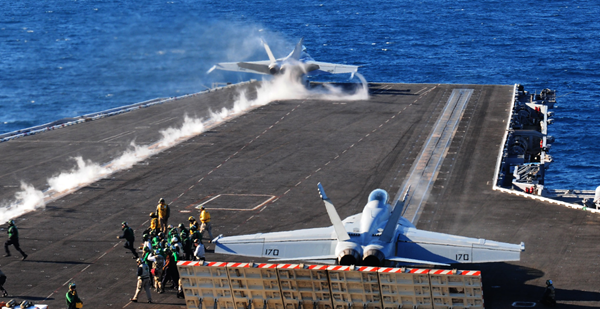
After pilots receive their Wings of Gold, they will report to Fleet Replacement Squadrons for training specific to aircraft.
Your Fleet Replacement Squadron will provide more advanced training on specific aircraft including practice landing on sea vessels.
Pilots will go from the Fleet Replacement Squadron to being assigned to a fleet squadron.
These squadrons can be land-based or ship at one of the many bases, shore or land locations that the Navy has- all over the world.
Responsibilities will vary based on specific aircraft and other assigned duties.
Pilots are placed into a shore rotation and can attend advanced training opportunities upon completion of their first tour.
Advanced training at The Naval Postgraduate School (NPS) in Monterey, California, provides opportunities to earn master’s and doctoral degrees.
Related Article – Navy Electronics Technician (AT): Career Details
Other Frequently Asked Questions
What rank are pilots in the Navy?
Naval aviators are commissioned officers or warrant officers and are typically Lieutenants in the Navy.
How much do Navy pilots make?
All pay in the US Navy is based on rank and length of time in service. A typical fighter pilot with the rank of Lieutenant (O-3) and 4 years of service would earn around $6,500 per month in base pay.
How long do Navy pilots have to serve?
Upon completion of Navy flight school, Navy pilots are required to serve a minimum of 8 years from the date they earn their wings. This requirement is across the board, including helo, fixed wing, and jets.
What are the height requirements for Navy pilots?
The basic height requirements are no shorter than 5′ 2″ and no taller than 6′ 5″. As for sitting height, you must be between 26 and 31.4 inches overall, and sitting eye height requirements are 26 – 31.4 inches.
What sorts of aircraft do Navy pilots fly?
The US Navy employs a wide variety of tactical, trainer, rotary-wing, and fixed-wing non-ejection aircraft, including F/A-18 Hornet, E-2 Hawkeye, E-6 Mercury, P-3 orion, KC-130, V-22 Osprey, SH-60 Seahawk, and CH-53E Super Stallion.
Conclusion
Becoming a Navy pilot might be an aspiration, or maybe you are just curious about the training pipeline.
Either way, understanding the qualifications and training requirements provides a realistic expectation for the entire process.
Navy pilots will go through an in-depth screening process that includes entry testing, medical processing, various background and character checks, and meeting physical requirements.
Those who are lucky enough to meet all requirements will move into the training pipeline.
The training pipeline can take you to various training facilities throughout the United States and after roughly two years, will result in receiving your Wings of Gold.
After pilots complete training, the Navy may station them anywhere around the world, on the sea, at Naval stations, or other shore locations.
References
- Navy Promotion Timeline for Enlisted & Officers - June 19, 2024
- Navy SEAL Training (BUD/S) - June 19, 2024
- Navy Aircraft Carrier Flight Deck Shirt Colors Explained - June 19, 2024

